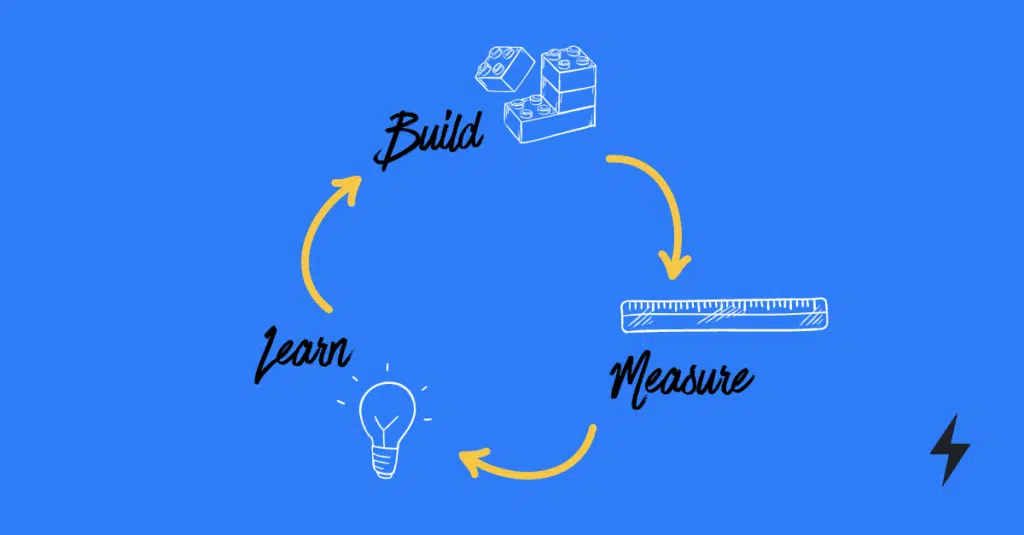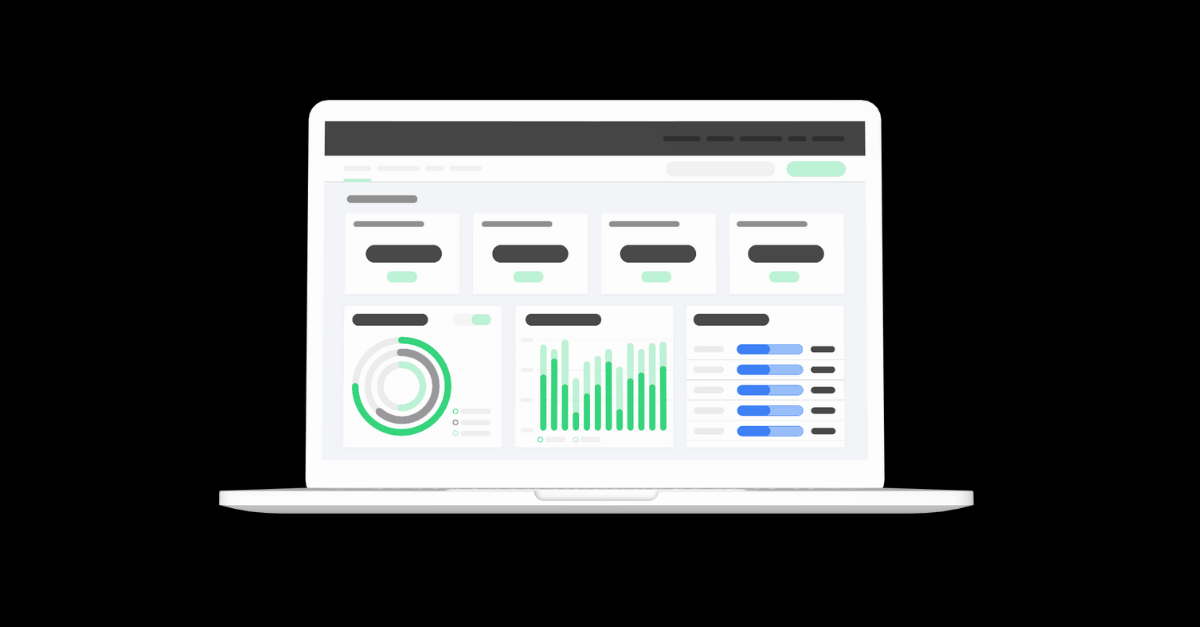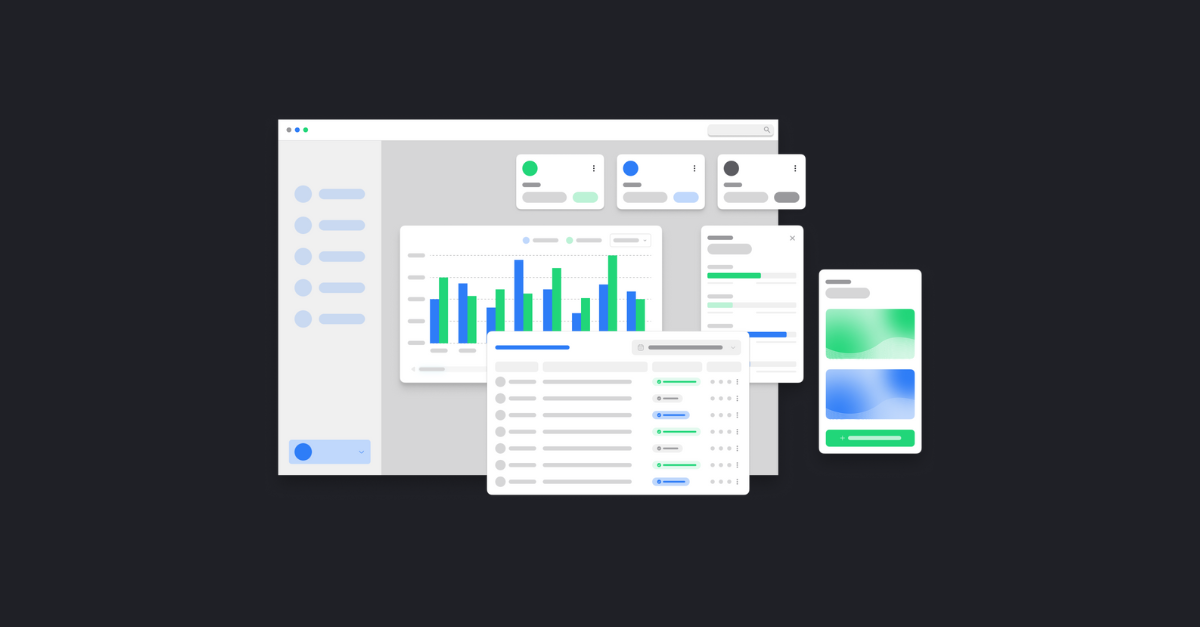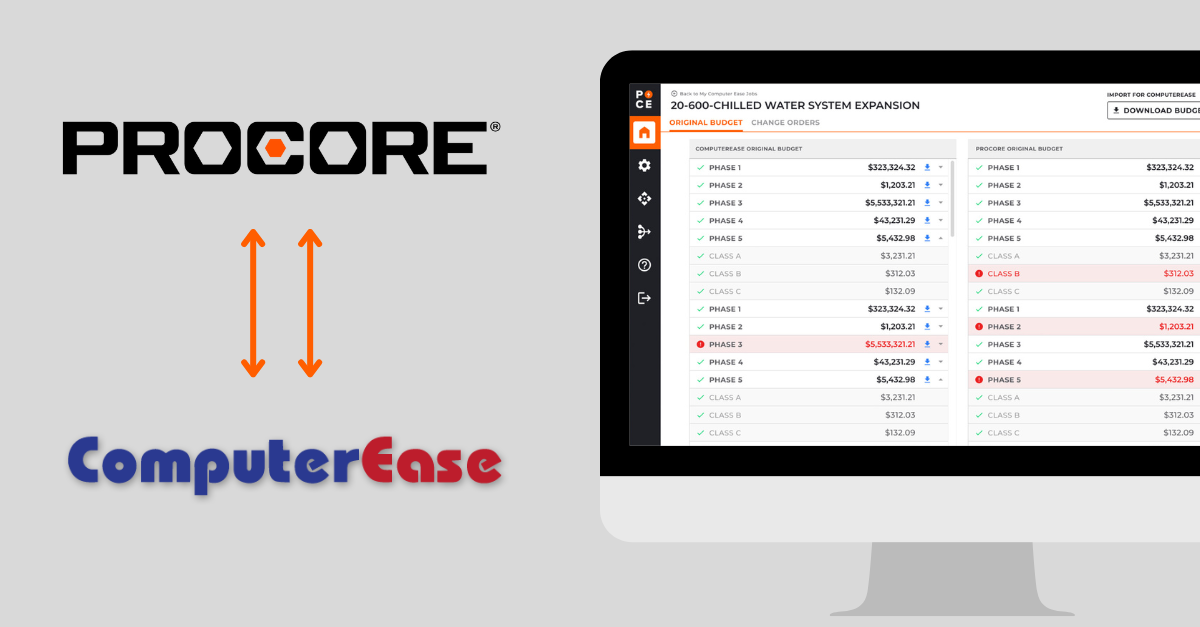I’ve always been driven by this itch to develop software that solves problems and helps people. It’s the reason why I’ve launched over a dozen SaaS products in the last 15 years.
My most recent project? Creating a SaaS construction platform, the PCE Sync Tool, with $0 upfront investment. It now generates a six-figure revenue stream.
I don’t share that number to brag or promise some new way to growth hack your way to success.
Instead, I want to share this experience because I think it’s important to recognize that simple tools can have a real impact when they’re built in a customer-centric approach (something I’ve learned the hard way).
Here’s how I did it:
Step 1: Create a Vision with the Customer
The first SaaS platform I ever built didn’t see the light of day for 12 months. It was my first product and I was afraid to show it to potential clients. What if their feedback was different from what I wanted to build? What if no one wanted it?
The second product I built I shared with clients at 6 months. The third was 90 days. My fourth was day zero.
The PCE Sync Tool was another day zero. Over the years, I’ve learned how critical it is to create a vision of the product with the customer. Otherwise, you’re just shooting in the dark about what to build.
By understanding a real client’s needs from the start, I can more quickly (and accurately) conceptualize the desired future state of the platform and how clients can benefit from it. This sets the foundation and purpose of the whole project.
Learn more about how the PCE Sync Tool integrates ComputerEase and Procore →
Step 2: Prove Technical Feasibility
Once I set a clear vision with my first customer, I worked on addressing the technical feasibility of the platform.
In this case, I offered my services as a paid consultant to figure out the technical challenges. This collaborative approach not only facilitated a deeper understanding of the platform’s requirements but also strengthened my trust and rapport with the customer.
At this point, you might think, “Yeah right, it’s not realistic that a customer is willing to pay so early in the process.” But, in reality, it proved how passionate this customer was about finding a solution, which signaled to me that I was on the right track to building a tool that was valuable to the market.
In fact, two of my most successful SaaS platforms have started with a “services first” mindset, meaning that I focused on solving a problem for a single customer and then discovered a path forward to a product that could scale to help others.
If you can’t find a first customer who cares enough about their problem that they’re willing to pay you to help…is the problem even worth solving?
I’ve done the other way before – spending years or thousands of dollars on a product and then finding out it’s not going to solve a potential need. It’s the worst-case scenario for any entrepreneur.
Step 3: Design a Minimally Viable Product (MVP)
When building the PCE Sync Tool, I didn’t aim for perfection to start. Instead, I adopted a “start small” approach. I focused on building a minimally viable product (MVP), meaning that I built the least amount of features possible that provide immediate value.
Learn more about how to build an MVP here →
But how do you know what features to start with? That’s why it’s critical to work with a potential client. Based on our initial conversations, we were able to prioritize and validate the right features that had an immediate impact on their business. Then, with an MVP in hand, I was able to start showing the platform to additional users and onboard them as our first clients.
My advice: In the beginning, don’t get caught up on how you can scale the platform or serve 1 million customers, think about how you can serve the needs of a single customer first.
Step 4: Iterating and Adding Features (Based on Client Feedback)
With input from a small group of customers, I continued to build module after module, test, and then gather feedback on what was built. This approach emphasizes simplicity and speed, allowing you to iterate rapidly and make incremental improvements based on client feedback.
It takes the guesswork out of deciding what to build and when. Collaborating with a core group of clients allowed us to refine the platform and concentrate our efforts on features that genuinely added value to the platform.

Step 5: Market While You Build
When entrepreneurs build SaaS platforms, it’s easy to head down during the development process and put off marketing your product. But then when you go to launch, there’s nobody there waiting for it. What happens then? You have to start a whole new effort to build awareness and a sales engine, which can feel like an uphill battle when done after the fact.
Recognizing this, I took a proactive approach to distribution and marketing while building the PCE platform. We created designs, prototypes, and videos of our progress and shared them with our target audience – even when it wasn’t the most polished designs or landing pages. Trust me, it’s okay it’s not perfect. Your clients won’t really care, as long as the product meets their needs.
By generating early buzz and showcasing our platform’s potential, we started building awareness and gathering interested prospects while still in development. When we did officially launch the platform, we had much more momentum to build on.
Main Takeaways for Others Building SaaS Platforms
If you’re looking to build your own SaaS product, here are the main takeaways from this experience (and all my others building SaaS products) that I think can help you be successful:
Solve a specific problem for a specific audience.
Rather than trying to cater to a broad audience, identify a niche problem and focus your efforts on solving it really well. By honing in on a specific audience, you can build a dedicated user base and position yourself as an expert in that domain.
Don’t take someone’s word for it…until they write a check.
It’s easy for potential customers or others to tell you that “you have a great idea.” While the positive feedback is encouraging, their words alone don’t guarantee success. Once a customer is willing to cut you a check, then you can be more confident in further investing in your idea.
Start small and avoid over-engineering.
It’s tempting to build a complex and feature-rich platform from the start, but it’s usually not necessary. Don’t over-engineer and worry about scale at the beginning. Validating a small product like an MVP is way more effective in the long run.
Be transparent and authentic.
Don’t oversell or overpromise to your customers on what your tool can be. Be transparent about what you’re building and when new features are going to be available.
Is SPARK’s PCE Sync Tool the next Facebook? Of course not. That never was my intention or goal.
The PCE Sync Tool was built with a customer-centric approach and brings value to a larger group of people. By sharing this story, I hope that others can see how simple tools can be successful and make an impact.
Need help building your own SaaS product? Reach out to SPARK today to discuss your ideas.




